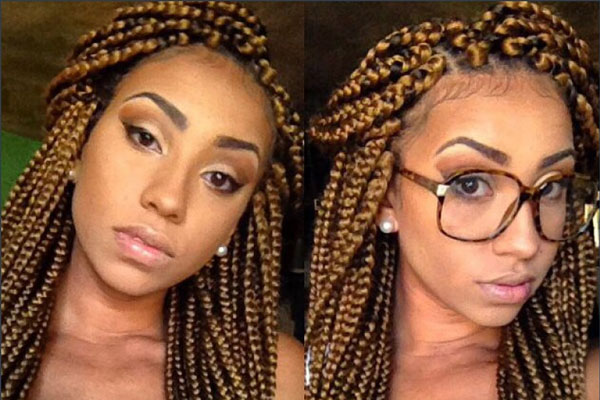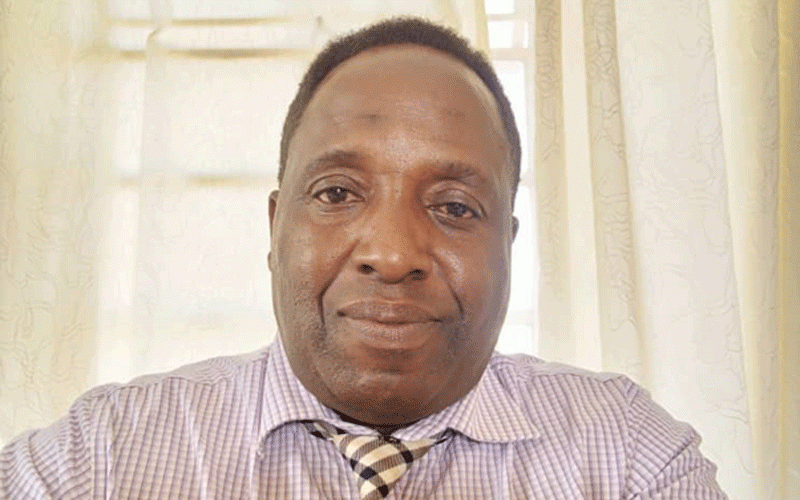

Inside out with Respect Chofamba
Winter can be one of the most challenging seasons to keep your hair healthy and beautiful. So, if you are finding yourself fraught on what stylish hairstyle to wear in winter, do not fret because you are not alone. With temperatures dropping in the morning on your way to work and at sunset as you make your way home, settling in on the ideal hairstyle that will be both comfortable and stylish throughout the day might be a real challenge. So how best can one get over this hurdle?
Winter is all about protective hairstyles. These are hairstyles that will protect your hair from the harsh weather conditions that prevail in winter, which include the low temperatures that sip out all the moisture from your hair and that brutal cold wind that leaves the hair looking dead and dull. These hairstyles can range from anything that covers the ends of your hair to something that completely covers the hair from the root to the ends.
The most common and preferred protective hairstyle are braids. Most of the time braiding your hair in winter feels right and ideal as you can comfortably rock the long braids and bulky box braids with much ease. In winter the temperatures are favourable to such styles as it never gets too hot. Apart from keeping your hair safely tucked away from the brutality of the weather, this hairstyle also provides some much-needed warmth.
Another very common type of braid is the feed in braids, commonly known as carrot. Carrot is closely aligned to the scalp, and often gives a full cover of the hair from the root to the ends. Although this hairstyle will not last for a long time it tends to be more dynamic and stylish, as your stylist can offer various versions of the style. The options that one can choose from when it comes to carrot are varied. The big and thick carrot that is often sewn in as opposed to plaiting in, is making quite the waves and is very ideal for winter as it decreases the tension on your hair roots that is common when one is getting regular feed in braids.
The crotchet braid is another style option that is available. This style will make sure that all your hair is tucked away from the root to the ends. The advantages of this style is that the extensions do not necessarily get tucked into your hair as they are crocheted on top of corn rows. This tends to protect your hair from the damage that is caused by blending natural hair with extensions.
Weaves are a common protective hairstyle. These are often plaited in various ways and winter is quite the ideal time to get your hair plaited with a wig cap as it can provide extra warmth, while giving your hair that protection from direct contact with hair extensions. As weaves come in different lengths, colors and textures it is entirely up to you to choose what works best with your facial shape and the style you are going for.
If you not up for extensions you can always plait your own hair, cornrows. While this hairstyle can look very basic it can always be easily transformed when you choose the alternative of patterned cornrows. These work for all hair textures and are easy to maintain. To create a more defined look you can choose to combine your patterned cornrows with hair accessories or extensions.
- Chamisa under fire over US$120K donation
- Mavhunga puts DeMbare into Chibuku quarterfinals
- Pension funds bet on Cabora Bassa oilfields
- Councils defy govt fire tender directive
Keep Reading
Bantu knots and braiding your own natural hair are ideal protective hairstyles. These do not require any extensions as you use your own hair for plaiting. If you want your bantu knots to last a little bit longer you can make them smaller and more defined. However, these hairstyles will provide protection to the ends of the hair as most of the hair will still go exposed to the weather. Options to add extra protection when rocking these hairstyles would be to oil your hair more regularly, and ensuring that you trap as much moisture in the hair while braiding it by using creams and oils for braiding that are available on the market
Plaiting hair with yarn is a timeless hairstyle that most if not all women wore at some point as little girls, and even today it remains a great protective hairstyle that you can do yourself at home. It is the hairstyle that those who love Afrocentric styles would want to try out. For a more stylish finish you can get your hair done by a stylist who can bring in patterns and styles to the hair. If you desire to get this hairstyle avoid the temptation to use thread, as it will cause more hair breakage than the weather.
Apart from protective hairstyles, a great way to ensure that your hair remains healthy and nourished during the winter season is moisturising the hair. Make time to moisturise your hair from the root regularly, for this you can use anything from petroleum jelly to specialized hair nourishing oils and lotions that are available on the market.
As much as many protective hairstyles can last for up to a month and a half or more, it is advisable that you renew your protective hairstyle after shorter periods of time. If you so desire to keep the style for longer period, then choose extensions that are heat-friendly so that you can shampoo your hair at least every week. This will not only keep your scalp clean and healthy, but will also prevent unnecessary hair breakage.










